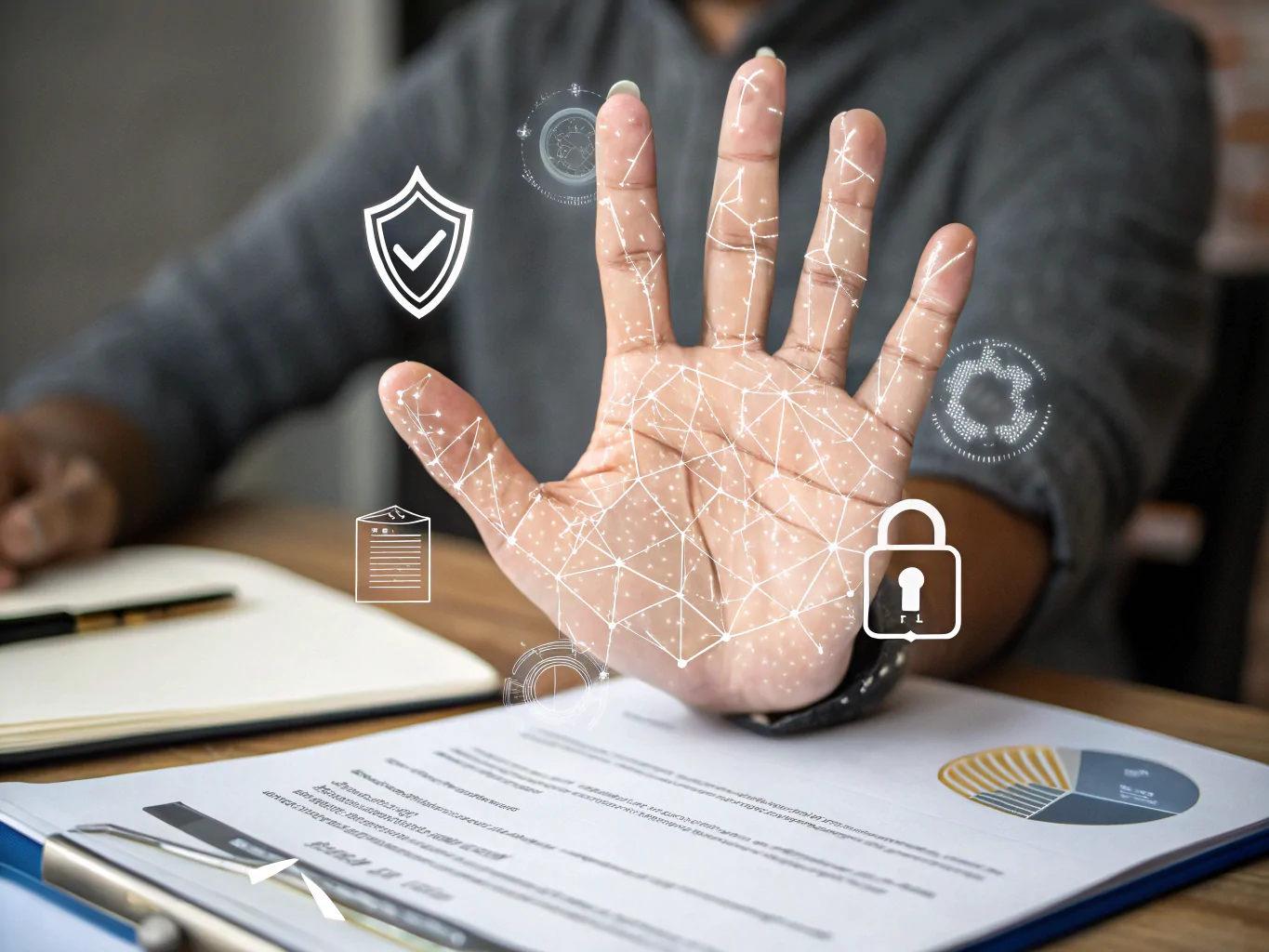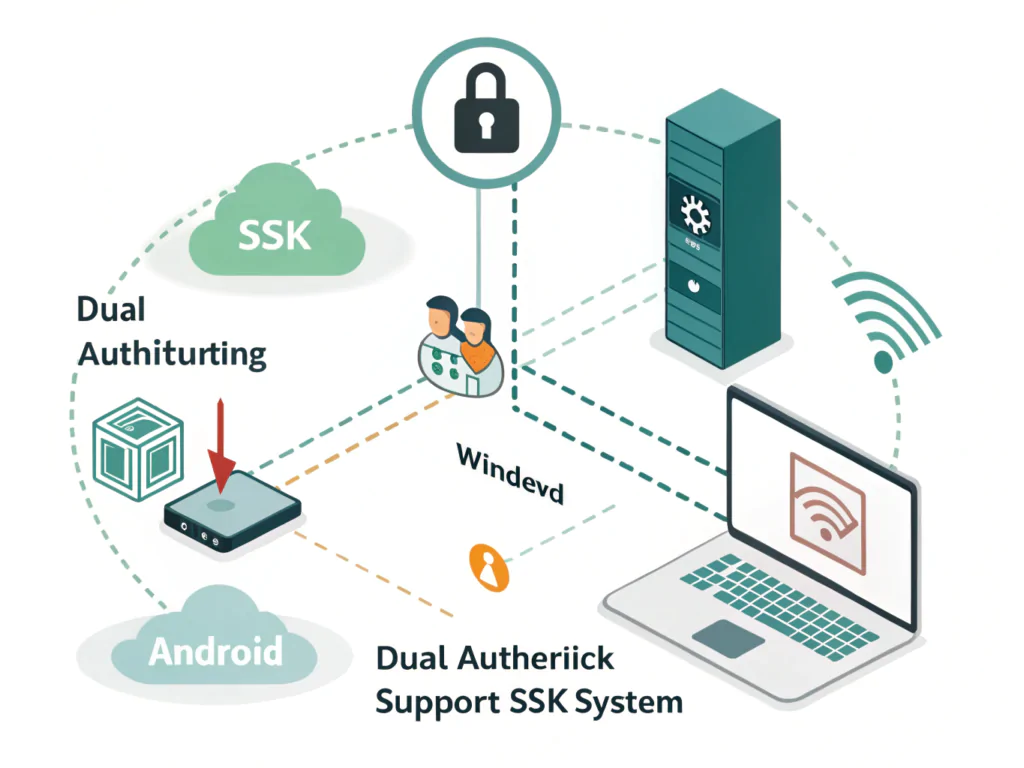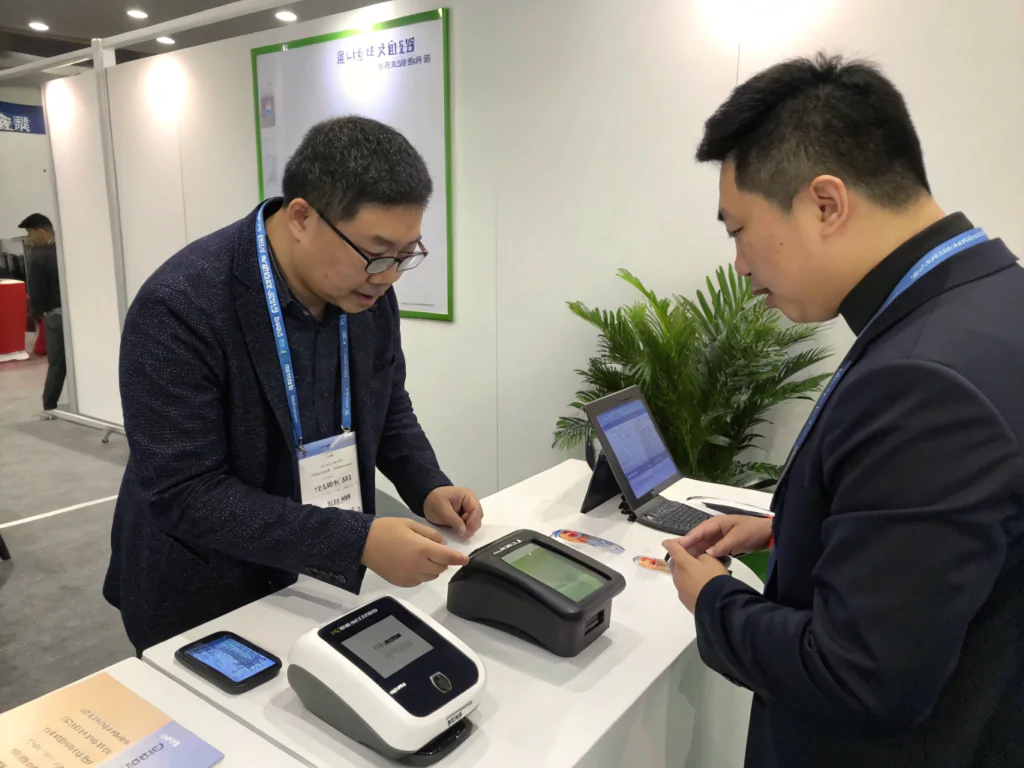Old payment methods create risk. Identity theft and fraud still happen. Too many users drop off due to slow verification.
Chinese palm vein payment devices combine strong security, fast processing, and seamless SDK integration. That’s why global platforms trust them.
I remember a banking client in Pakistan who switched to our palm vein terminals. They cut fraud by 90% and improved customer wait time instantly.
[Table of contents]
- What makes Chinese palm vein devices a top choice for payment platforms?
- How does palm vein recognition work and why is it more secure than face or fingerprint?
- Why is fast recognition critical in financial and retail payment systems?
- What are the key features of the PalmVein Pass 500 and how do they compare?
- How do Chinese suppliers like X-Telcom support integration and local customization?
- Which countries or industries are adopting palm vein payment the fastest?
- How can you choose the best palm print device supplier in China?
- Conclusion
What makes Chinese palm vein devices a top choice for payment platforms?
More companies now choose Chinese hardware for biometric payments.
It’s because of competitive pricing, flexible SDKs, and fast delivery support across markets like Africa, Asia, and the Middle East.
We’ve supported multiple fintech partners who switched to us after poor support from larger, slower vendors.
🔍 Dive Deeper: Chinese vs Global Vendors
| Feature | Chinese Brands (e.g. X-Telcom) | Japanese (Fujitsu) | U.S. (Amazon One) |
|---|---|---|---|
| Pricing | Affordable | High | N/A (cloud-based) |
| Delivery Time | 7–14 Days | 3–5 Weeks | Not for resale |
| SDK/API Support | Localized, fast | English only | Closed source |
| ODM/OEM Support | Yes | Limited | No |
| Ideal Applications | POS, Transit, Banking | Airports, Labs | Retail chains |
How does palm vein recognition work and why is it more secure than face or fingerprint?
Palm vein tech uses infrared to scan the blood vessel patterns beneath the skin.
It offers higher anti-fraud protection than face or fingerprint because veins can’t be copied or left on surfaces.
We once worked on an election project where fingerprint spoofing was a concern. Palm veins solved that instantly.

🔬 Dive Deeper: Security Comparison
| Biometric Type | Spoofing Risk | Contact-Free | Speed | Use Case |
|---|---|---|---|---|
| Palm Vein | Very Low | Yes | <0.2 sec | Banks, Transit |
| Face Recognition | Medium | Yes | ~0.5 sec | Retail, Access |
| Fingerprint | High | No | <0.2 sec | Law, ID Cards |
Why is fast recognition critical in financial and retail payment systems?
Every second counts during checkout or transit.
Palm recognition completes a payment in under 0.2 seconds, improving user experience and keeping queues moving.
At a bus terminal demo, our PalmVein scanner processed 30 users in under a minute. No errors, no delays.
What are the key features of the PalmVein Pass 500 and how do they compare?
This is our flagship palm vein terminal, built for secure and high-volume usage.
It delivers anti-spoofing, dual authentication, and SDK support across Android, Windows, and Linux.
Clients in Ghana used this model for bank ID verification and retail self-checkouts. No complaints in over 8 months.

📊 Device Feature Comparison
| Feature | PalmVein Pass 500 | Fujitsu PalmSecure | Amazon One |
|---|---|---|---|
| Recognition Speed | < 0.2 sec | ~0.3 sec | Cloud-dependent |
| Anti-Spoofing | Infrared + Liveness | Infrared | AI-based |
| SDK Support | Android, Win, Linux | Windows only | No SDK |
| Display | 5-inch HD Touch | No screen | Touch-free |
| Custom Branding | Yes (OEM/ODM) | No | No |
How do Chinese suppliers like X-Telcom support integration and local customization?
Most payment providers need SDKs in their local language and fast feedback.
We give demo apps, APIs, and remote support in English, Arabic, and French for easier secondary development.
One client in Saudi Arabia built a full ATM palm authentication system in under 4 weeks using our Android SDK.
Which countries or industries are adopting palm vein payment the fastest?
Adoption is fastest in Asia, the Middle East, and Africa. Industries include finance, transport, retail, and public service.
Tencent’s Weixin PalmPay is growing in Asia. In Africa, banks prefer palm systems for customer verification.
I visited a tech fair in Vietnam last year. I saw five vendors showcasing palm vein apps—all connected to Chinese hardware.
How can you choose the best palm print device supplier in China?
You should focus on SDK quality, hardware reliability, support time, and ODM/OEM flexibility.
Suppliers like X-Telcom provide custom branding, SDKs, and project support that work for local integrators.
When comparing vendors, I always ask: Can they deliver within 10 days? Can they support SDKs in your language? That’s a real test.
Conclusion
Palm vein recognition is safer and faster than older biometric methods. Chinese suppliers now lead because they combine tech, price, and support.



